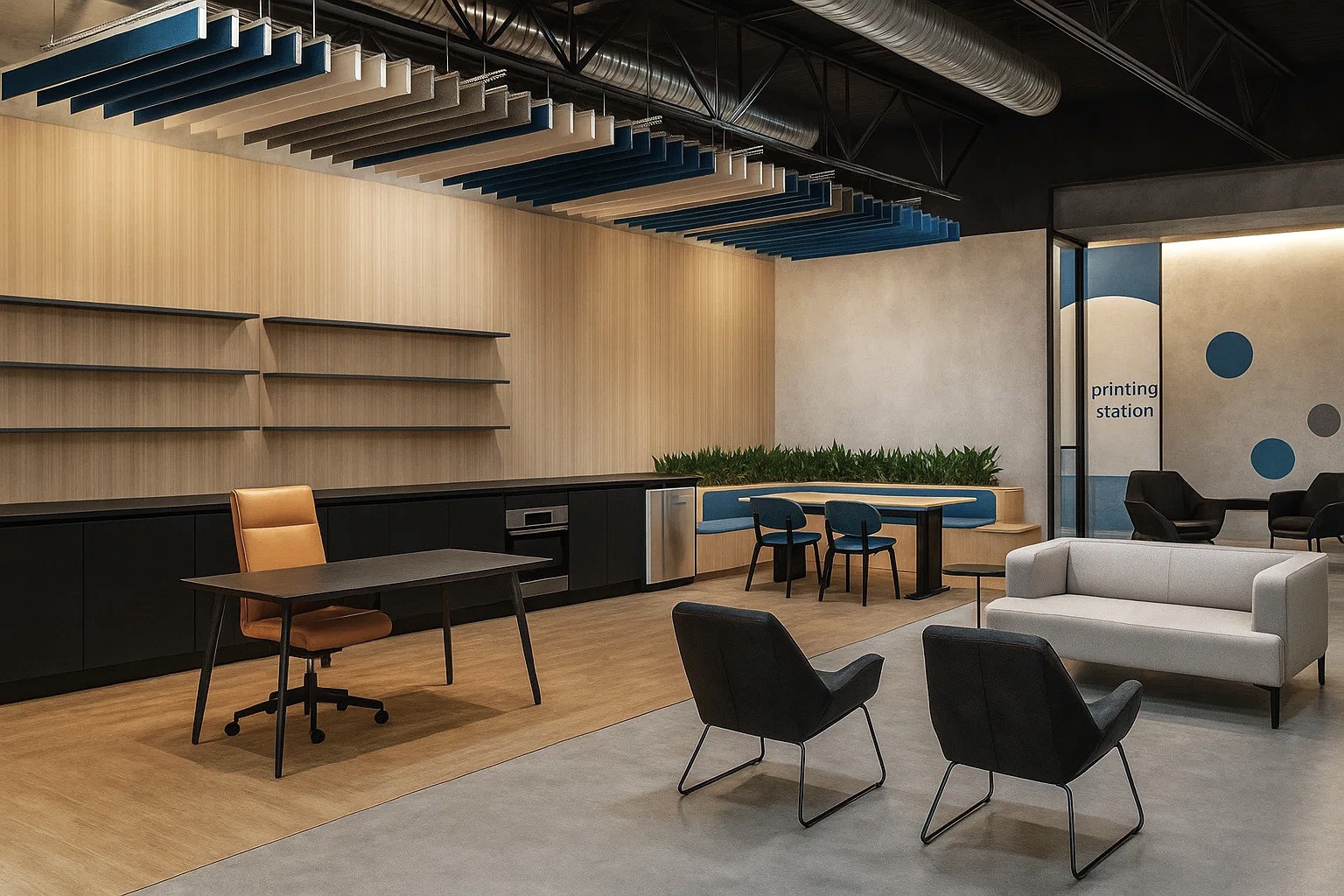Safety violations kill. Every year, dozens of Canadian workers die in workplace fires and emergency situations that could have been prevented through proper planning. The statistics paint a sobering picture of what happens when emergency exits become afterthoughts in office interior design. Buildings that fail to integrate proper egress planning face occupancy restrictions, insurance penalties, and devastating liability exposure when disasters strike. Yet most business owners approach emergency exit planning as a basic compliance checkbox rather than a strategic investment in operational continuity and employee wellbeing.
Smart businesses understand that emergency exit planning represents far more than regulatory compliance. When properly integrated into modern office design, strategic egress planning creates safer workplaces, reduces insurance costs, and protects against catastrophic business interruption. Professional teams who specialize in office interior design bring expertise that transforms legal requirements into seamless design solutions that support both safety and operational efficiency.
How Strategic Emergency Exit Planning Benefits the Entire Office
Effective emergency exit planning creates measurable improvements in workplace safety and operational efficiency. Research demonstrates that offices with well designed egress systems experience 60% fewer evacuation related injuries during emergency situations. When emergency exits integrate seamlessly with office interior layouts, employees develop natural familiarity with evacuation routes through daily navigation patterns.
Professional office interior design teams understand that emergency exits must accommodate peak occupancy loads while maintaining normal traffic flow. Strategic placement reduces bottlenecks during emergencies and creates secondary benefits during routine operations. Wide corridors that meet egress requirements also improve daily productivity by reducing congestion and supporting efficient movement of people and equipment throughout the workspace.
Modern office design increasingly incorporates flexible layouts that can change configuration based on business needs. Professional teams who understand both commercial interior design and emergency planning create adaptable egress solutions that remain effective regardless of office furniture design. This flexibility prevents costly redesigns when businesses relocate workstations or modify their office interior layouts.
Emergency lighting systems integrated into comprehensive office interior design provide dual functionality. These systems ensure safe evacuation during power failures while creating ambient lighting that enhances normal workplace aesthetics. When properly planned, emergency lighting reduces overall electrical costs while meeting safety requirements.
The psychological benefits of visible emergency exits contribute to employee satisfaction and retention. Workers feel more secure in environments where they understand evacuation procedures and can identify multiple escape routes. Professional office interior design teams understand how to make exits clearly visible without compromising the aesthetic appeal of commercial interior design elements.
Advanced emergency communication systems integrated into modern office design provide real time guidance during evacuations. Digital displays that normally show company information can instantly switch to evacuation instructions and route guidance. When coordinated with comprehensive office interior layouts, these systems dramatically improve evacuation efficiency.
Advantages of Hiring Professional Interior Designers
Working with qualified office interior design professionals provides significant advantages for emergency exit planning. Professional teams understand building codes, accessibility requirements, and life safety regulations that affect egress design. They prevent costly compliance violations through proper planning and documentation that satisfies inspection requirements from the project start.
Experienced commercial interior design professionals coordinate emergency planning with other building systems effectively. They understand how HVAC, electrical, and plumbing systems interact with egress requirements. This systems approach prevents conflicts that arise when emergency exits are planned separately from other building components.
Professional office interior design teams provide access to specialized knowledge about materials, finishes, and furniture that support emergency planning objectives. They understand fire resistance ratings, smoke generation characteristics, and evacuation performance of different design elements. This expertise helps create office interior layouts that enhance rather than hinder emergency response.
The cost advantages of professional design often exceed the initial investment. Teams experienced in commercial interior design prevent expensive change orders through comprehensive planning that identifies potential conflicts before construction begins. They also understand value engineering approaches that achieve safety objectives within budget constraints.
However, not all office interior design professionals possess equivalent emergency planning expertise. Selecting teams without proper safety qualifications can result in designs that look professional but fail to meet performance requirements. The key lies in choosing commercial interior design professionals with demonstrated experience in life safety planning.
How Professional Teams Solve Construction Challenges in Emergency Exit Planning
Construction contractors face complex challenges when implementing emergency exit requirements in existing buildings. Professional office interior design teams who understand construction realities provide solutions that minimize disruption while achieving compliance objectives. They coordinate with contractors to sequence work that maintains business operations during renovation projects.
Structural modifications required for emergency exits often conflict with existing building systems. Professional teams experienced in commercial interior design understand how to navigate these constraints through creative solutions that achieve safety goals within physical limitations. They provide contractors with detailed documentation that prevents field conflicts and reduces change orders.
MEP coordination becomes critical when emergency exits require new electrical, HVAC, or plumbing work. Professional office interior design teams work with engineering consultants to develop integrated solutions that support both emergency systems and normal building operations. This coordination prevents the expensive rework that occurs when trades work independently.
Material procurement for emergency exit components requires specialized knowledge of fire ratings, durability, and maintenance requirements. Professional teams maintain relationships with suppliers who understand emergency planning requirements. They help contractors source appropriate materials within project budgets and delivery schedules.
Installation sequencing becomes complex when emergency exits must remain functional during construction. Professional commercial interior design teams develop phased implementation strategies that maintain egress capacity throughout renovation projects. This planning prevents costly temporary protection measures and reduces project duration.
Quality control for emergency systems requires specialized inspection procedures beyond standard construction practices. Professional teams provide contractors with detailed checklists and testing procedures that ensure systems perform as designed. This attention to detail prevents costly corrections during final inspections.
Code compliance documentation represents a significant administrative burden for contractors. Professional office interior design teams handle permit applications, inspection coordination, and compliance reporting. This support allows contractors to focus on installation quality while ensuring regulatory requirements are met.
Cost management becomes challenging when emergency requirements drive design decisions. Professional teams provide contractors with accurate budgeting information and value engineering alternatives that achieve safety objectives within financial constraints. Their experience prevents the budget surprises that derail construction projects.
Frequently Asked Questions (FAQ):
How do building codes affect emergency exit requirements in office interior layouts?
Building codes establish minimum requirements for exit width, travel distance, and egress capacity based on occupancy levels and building characteristics. Professional office interior design teams understand how these requirements affect modern office design and can create solutions that exceed minimum standards while optimizing space utilization. Commercial interior design must accommodate at least two remote exits for most occupancies, with specific width calculations based on the number of occupants. Professional teams coordinate these requirements with office furniture design to ensure compliance without compromising functionality or aesthetics.
What are the cost implications of integrating emergency exit planning into office interior design projects?
Professional emergency exit planning typically represents 5% to 8% of total office interior design project costs, but prevents much larger expenses through proper coordination. When professional teams integrate emergency planning from project inception, businesses avoid costly change orders that average 15% to 25% of construction budgets. Commercial interior design that addresses emergency requirements proactively also reduces insurance premiums and prevents occupancy delays that cost thousands of dollars per day. Professional office interior design investment in emergency planning typically provides returns within the first year through operational efficiencies and risk reduction.
How do professional interior designers coordinate emergency exits with flexible office furniture design?
Professional teams create office interior layouts that maintain egress capacity regardless of furniture configuration through strategic corridor planning and modular design approaches. They specify office furniture design elements that support rather than obstruct evacuation while accommodating business flexibility needs. Modern office design incorporates moveable partitions and furniture systems that preserve emergency exit access even when layouts change. Professional commercial interior design teams provide guidelines for facility managers that ensure future modifications maintain compliance with emergency requirements while supporting operational needs.
Key Takeaways:
- Professional office interior design teams integrate emergency exits seamlessly into modern office design while maintaining aesthetic appeal and operational efficiency
- Strategic emergency planning reduces workplace injuries by 60% and creates secondary benefits through improved daily traffic flow in office interior layouts
- Professional commercial interior design coordination prevents costly compliance violations through comprehensive planning that addresses building codes and accessibility requirements
- Emergency exit planning integrated with office furniture design creates flexible solutions that accommodate changing business needs without compromising safety
- Professional teams solve construction challenges through detailed coordination that maintains egress capacity during renovation projects
- Modern office design incorporates digital emergency communication systems that provide real time evacuation guidance while serving normal operational functions
- Professional office interior design investment typically pays for itself through reduced change orders, faster approvals, and lower insurance premiums
- Comprehensive emergency planning creates measurable improvements in employee satisfaction and retention through enhanced workplace security
- Professional teams coordinate MEP systems with emergency requirements to prevent expensive conflicts during construction
- Strategic egress planning supports business continuity by reducing evacuation related injuries and operational disruptions during emergency situations
Emergency exit planning in office interior layouts requires expertise that extends far beyond basic regulatory compliance. Professional commercial interior design teams who understand both safety requirements and construction realities create solutions that protect employees while supporting business objectives. The most successful projects integrate emergency planning with comprehensive modern office design strategies that address operational needs, aesthetic preferences, and budget constraints simultaneously. When businesses invest in professional office interior design expertise for emergency planning, they create competitive advantages through enhanced safety, reduced liability exposure, and improved operational efficiency. Smart emergency exit planning transforms legal requirements into strategic assets that support long term business success while protecting the most valuable resource of any organization: its people.

